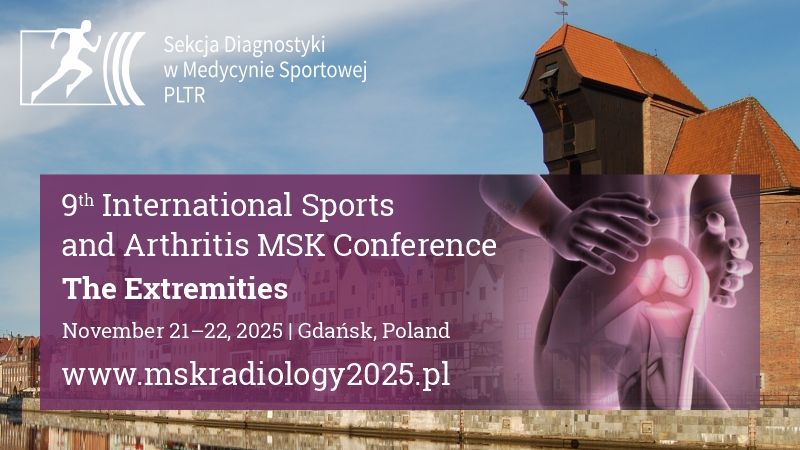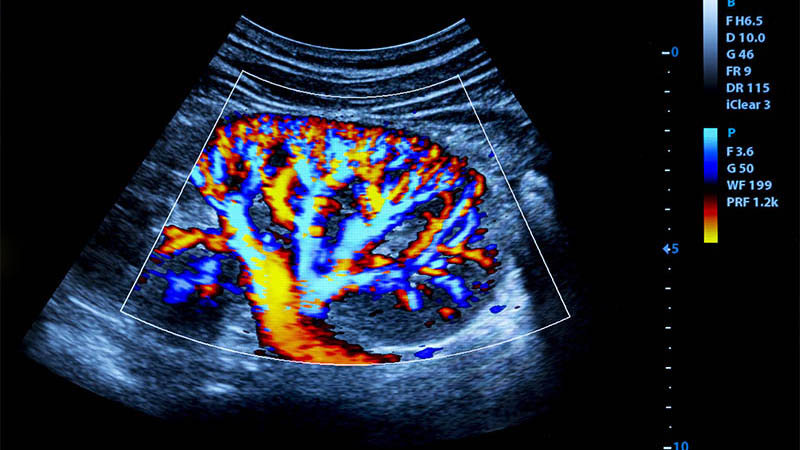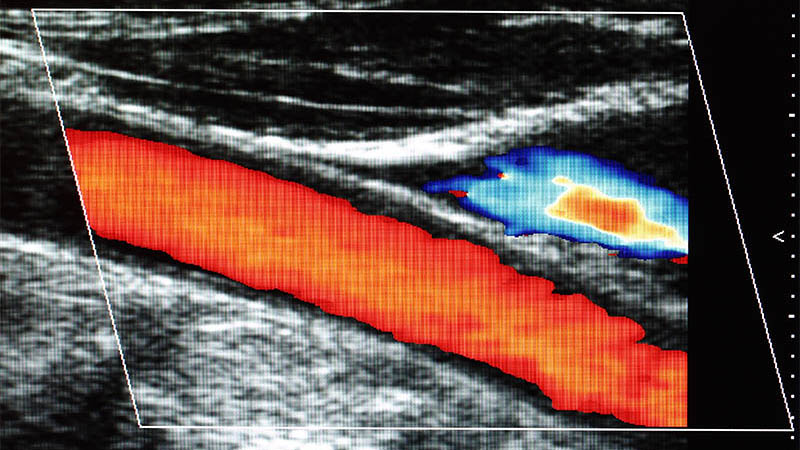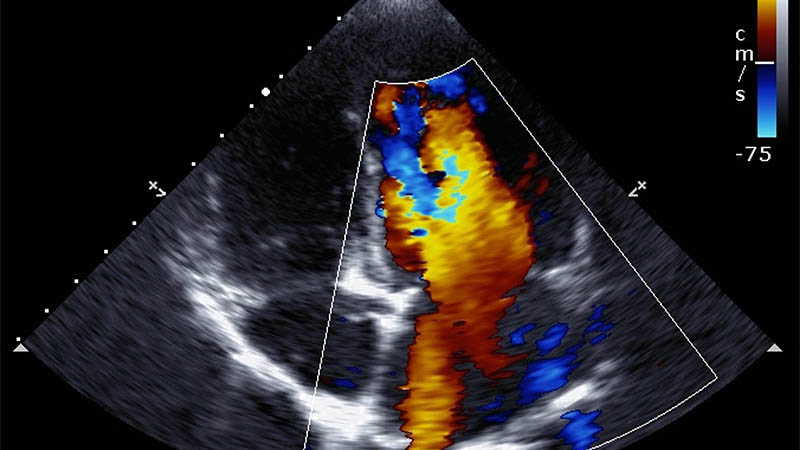Ultrasound-guided intercostal nerve blocks for acute zoster pain: a retrospective, propensity score-matched, non-inferiority study
Wenxing Zhao, Liangliang He, Li Yue, Hong Yue, Liqiang Yang
 Affiliation and address for correspondence
Affiliation and address for correspondenceAim: To assess whether ultrasound (US)-guided intercostal nerve blocks (ICNBs) provide non-inferior efficacy in the management of acute zoster pain (ZAP) and potential prophylaxis for post-herpetic neuralgia as compared to conventional thoracic paravertebral blocks (TPVBs). Material and methods: A total of 192 patients with ZAP were reviewed. Their records were stratified into two cohorts: those who underwent US-guided TPVBs (TPVB cohort) and those who received US-guided ICNBs (ICNB cohort). The ICNB cohort was matched using a propensity score method in a 1:1 ratio. The primary endpoint was non-inferiority of Herpes zoster (HZ)-related illness burden within 30 days (HZ-BOI30) post-procedure. Secondary outcomes included procedure time, rescue analgesic use, post-herpetic neuralgia occurrence, health-related quality of life, and adverse events. Results: Mean score of HZ-BOI30 was 87.92 ± 21.84 and 85.64 ± 17.01 in the TPVB and ICNB cohorts, respectively, with a mean difference of 2.28 (95% confidence interval (CI): -5.68, 10.24). Non-inferiority was met, as the 95% CI for the absolute difference in HZ-BOI30 fell within the predefined non-inferiority margin of 15 points. Comparable improvements in post-herpetic neuralgia incidence, EQ-5D-3L scores, and rescue analgesic requirements were observed in both cohorts across all follow-up time points (all p >0.05). In contrast, the ICNB approach was associated with shorter procedure times (p <0.001) and reduced discomfort and pain during needle insertion (p <0.001). There were no complications, including pneumothorax, nerve injury, or intravascular injection in either study cohort. Conclusions: US-guided ICNBs were non-inferior to TPVBs in alleviating ZAP and preventing post-herpetic neuralgia, while also demonstrating a favorable safety profile. These findings suggest that the ICNB technique might be a promising alternative for managing ZAP.








